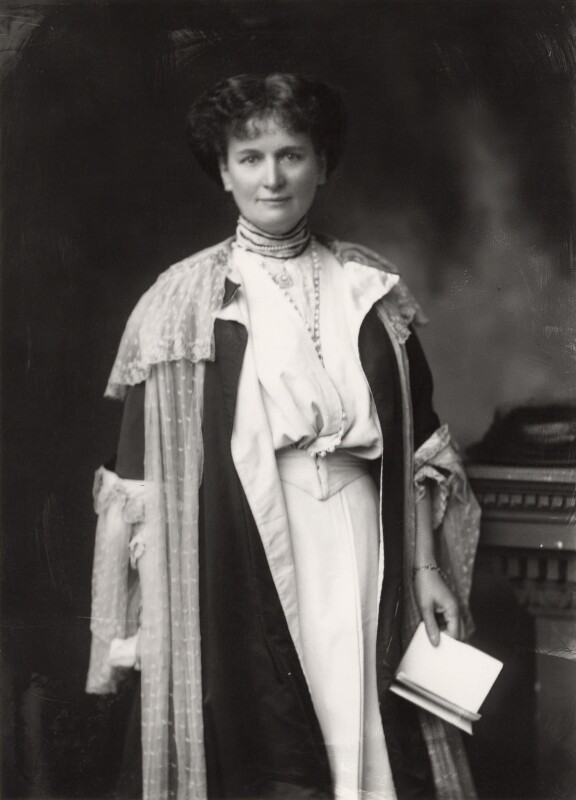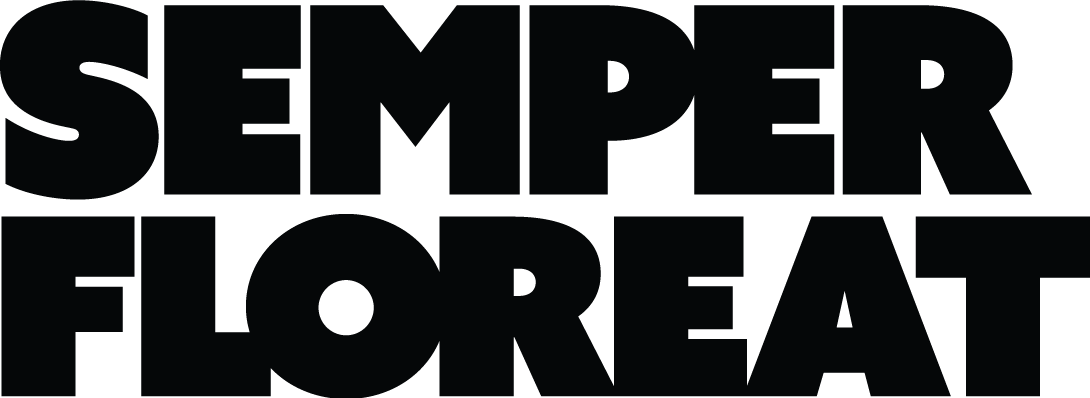
Patricia Clarke’s Bold Types recounts the journey of women journalists in their struggle for gender equality in Australia from 1860 to the end of World War II. Clarke argues that there has been a historical misrepresentation of the instrumental role women played within journalism (Clarke 2022).
The prevailing thought is that the press, like most industries in the late 19th century, was seen as largely within the male domain. Subjects such as politics, economics, and “hard news” were not considered suitable for women to cover. Because of this, the women who did write were often relegated to “soft” topics such as fashion, etiquette, and household tips. However, in her text, Clarke rejects this blanket assumption by highlighting trailblazing women journalists from the late 19th to the mid-20th century.
This is not to say that women faced no problems in the journalistic profession during this time. Indeed, there were many prejudices in journalism companies that restricted women from advancing their careers. Additionally, social constraints limited women’s freedom to enter the workforce at a time when broader society expected to remain in the home.
Flora Shaw was a pioneering British journalist whose legacy and significance to journalism cannot be captured in a mere page. She covered the Brussels Anti-Slave Conference in 1889–90, being the only woman reporter to do so. She served as the Colonial Editor for The Times, a British newspaper, and travelled to South Africa, Australia, and New Zealand. In Australia, during her visit to Queensland, she wrote about, among other things, the use of Kanaka people’s labour on the sugar plantations (Patricia 2023).
Additionally, while in Queensland in 1893, Shaw covered the possibility of North Queensland splitting from the South, addressed the region’s mineral wealth, pastoral prospects, and the sugar industry. She reported on the Shearers’ Strike in Queensland and listened to future premier of Queensland William Kidston speak on issues of labour rights. Through her travels, she reportedly endured extraordinary physical exertion and discomfort in the pursuit of truthful and accurate journalism.
Clarke also writes of Edith Dickenson, who was Australia’s first woman war correspondent. She travelled to Durban to cover the Second Boer War and gained a reputation for “even-handed writing” as well as remarkable stamina (Shine, 2023). She was instrumental in reporting on the concentration camps set up during the war to house displaced women and children, but she died after her third trip to South Africa.
It is noteworthy that in the present day, two-thirds of journalism’s tertiary-education students are women, whereas 75 years ago the field was dominated almost entirely by men (Shine, 2023). The opportunities for women journalists are more numerous now than at any other time; however, challenges of patriarchal business hierarchy, prejudice, and stereotypes still, shamefully, persist. Extraordinary women journalists have always been part of the profession, and today figures like Adele Ferguson, Fran Kelly, and Leigh Sales are household names. As Australia becomes increasingly polarized over politics, and the world grapples with new and renewed conflicts such as the war in Ukraine, the Palestinian genocide, and the Sudanese civil war in the 2020s the role of journalists is as crucial as ever.
Sources:
Clarke, P 2022, Bold Types: How Australia’s First Women Journalists Blazed a Trail, National Library of Australia.
Patricia, C 2023, ‘Pointers to prosperity: London Times journalist Flora Shaw advises readers on investment and migration opportunities in Queensland 1892’, Queensland history journal, vol. 25, no. 5, pp. 375-88.
Shine, K 2023, ‘Australia’s first journalists reported on wars and human rights around the world – but many died in obscurity’, Conversation.
Written by Samuel Wong
Views: 0
